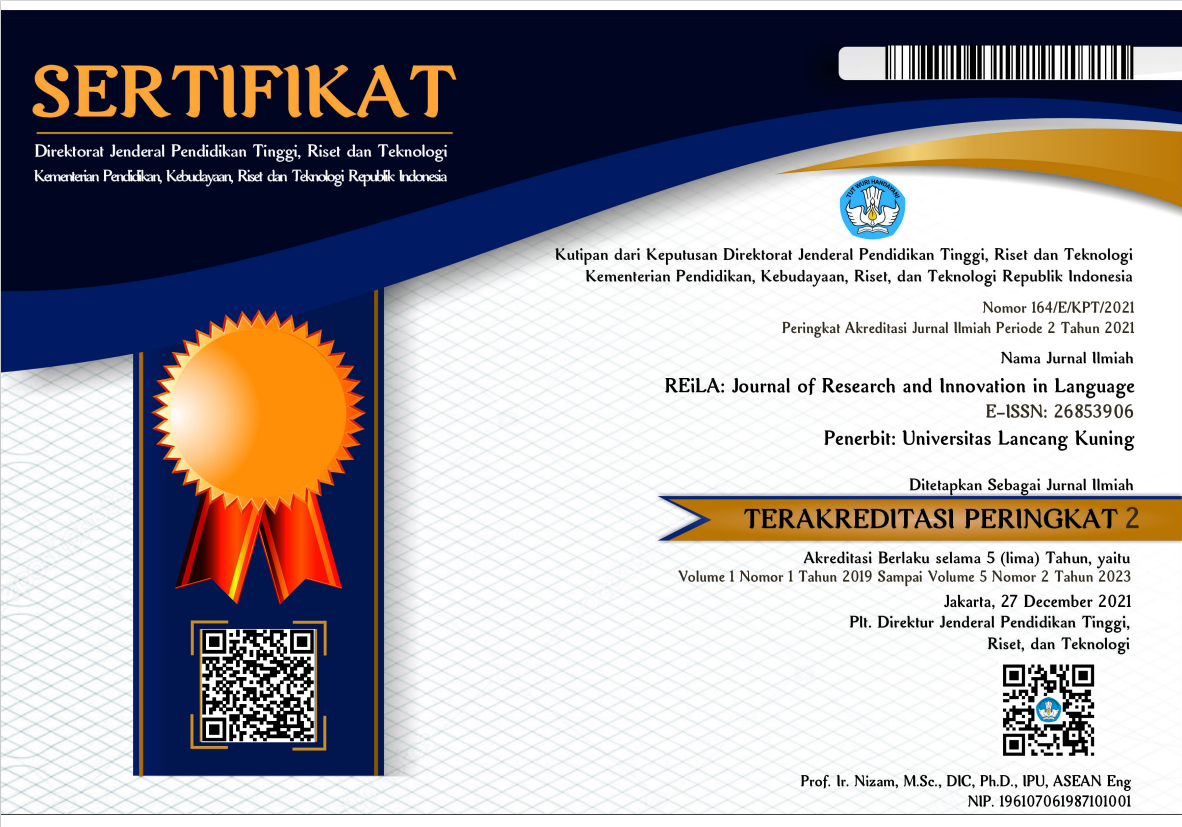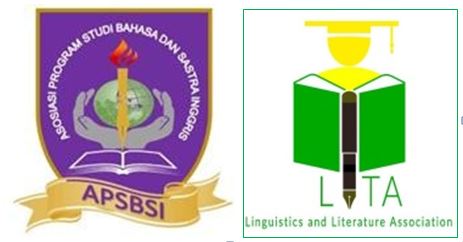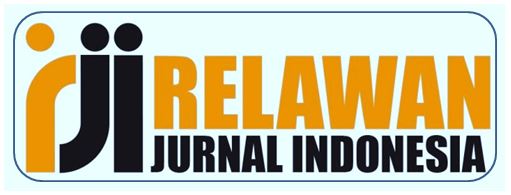Sexism in Elementary EFL Textbooks: Spotted in Uzbekistan
Abstract
The current study examines the representation of gender in four English as a Foreign Language (EFL) textbooks, Kid’s English, for elementary students produced in Uzbekistan. The study implements Fairclough's (2013) three-dimensional discourse approach: description, interpretation, and explanation for textbook analysis. The quantitative analysis of EFL textbooks unveiled an imbalance in gender representation depicting males more than females. Underrepresentation of females in the textbooks demonstrates that Kids' English EFL textbooks have a sexist ideology and stereotypical agenda. The study suggests that the sexist ideology of the textbooks perpetuates patriarchy and unfair gender societal values hindering the development of gender equality efforts in the EFL context of Uzbekistan.
Downloads
References
Discourse Analysis of Gender Representations in the Content of 5th Grade English Language Textbook. International and Multidisciplinary journal of social Sciences, 8(1), 1-24. http:// dx.doi.org/10.17583/rimcis.2019.3989
Ahn, E., & Smagulova, J. (2016). Language Change in Central Asia. De Gruyter.
Al Jumiah, A. K. (2016). Language, Power, and Ideology in High School EFL Textbooks in Saudi Arabia. (Doctoral of Philosophy), the University of New Mexico, Albuquerque, New Mexico.
Aljuaythin, W. (2018). Gender Representation in EFL Textbooks in Saudi Arabia: A Critical Discourse Analysis Approach. International Journal of Applied Linguistics & English Literature, 7(5), 151-157. http://dx.doi.org/10.7575/aiac.ijalel.v.7n.5p.151
Allwright, R. L. (1981). What Do We Want Teaching Materials for? ELT Journal 36(1), 5-18.
Amerian, M., & Esmaili, F. (2013). Gender Representation in Iranian High School English Textbooks with a Critical Discourse Analysis Perspective. International Journal of Language Learning and Applied Linguistics World, 5(4), 277-289.
Amerian, M., & Esmaili, F. (2015). Language and Gender: A Critical Discourse Analysis on Gender Representation in a Series of International ELT textbooks. International Journal of Research Studies in Education, 4(2), 3-12.
Asian Development Bank. (2014). Uzbekistan Country Gender Assessment. https://www.adb.org/sites/default/files/institutional-document/42767/files/uzbekistan-country-gender-assessment.pdf.
Asian Development Bank. (2018). Uzbekistan Country Gender Assessment. Creative Commons Attribution.
Bezemer, J., & Kress, G. (2010). Changing Text: A Social Semiotic Analysis of Textbooks. Design for learning, 3(1-2), 10-29.
Butler, J. (1988). Performative Acts and Gender Constitution: an Essay in Phenomenology and Feminist Theory. Theatre Journal, 40(4), 519-531.
Derin, T., & Hamuddin, B. (2019). Foreign Language Classroom Anxiety, and Enjoyment During Study Abroad: A Review of Selected Paper. Lisan: Jurnal Bahasa dan Linguistik, 8(2), 76-82. https://doi.org/10.33506/li.v8i2.367
Derin, T., Susilo Putri, N., Nursafira, M. S., & Hamuddin, B. (2020). Discourse Analysis (DA) in the Context of English as a Foreign Language (EFL): A Chronological Review . ELSYA : Journal of English Language Studies, 2(1), 1-8. https://doi.org/10.31849/elsya.v2i1.3611
Ellis, R. (1997). The Empirical Evaluation of English Teaching Materials. ELT Journal Volume 51(1), 36-42.
Fairclough, N. (2013). Language and Power (2nd ed). Routledge.
Halliday, M.A.K. (2014). Halliday’s Introduction to Functional Grammar (4th ed.). Routledge.
Hamilton, M.C., Anderson, D., Broaddus, M. & Young, K. (2006). Gender Stereotyping and Under-representation of Female Characters in 200 Popular Children’s Picture Books: A Twenty-first Century Update. Sex Roles, 55, 757–765. https://doi.org/10.1007/s11199-006-9128-6
Hasanova, D. (2007). Teaching and Learning English in Post-Soviet Uzbekistan. English Today, 89(23), 3–9.
Hasanova, D. (2016). English Education in Uzbekistan. In A. Ahn & J. Smagulova (Eds.), Language Change in Central Asia (pp. 245-267). De Gruyter.
Hasanova, D., & Shadieva, T. (2008). Implementing Communicative Language Teaching in Uzbekistan. TESOL Quarterly, 42(1), 138-143.
Holmes, J., & Meyerhoff, M. (2003). Handbook of Language and Gender. Blackwell Publishing.
Hutchinson, T. (1987). What’s Underneath? An Interactive View of Materials Evaluation. In L. Sheldon (Ed.), ELT Textbooks and Materials: Problems in Evaluation and Development (pp. 37-45). Modern English Publications.
Hutchinson, T., & Torres, E. (1994). The Textbook as Agent of Change. ELT Journal, 48(4), 315-328.
Junaidi, J., Hamuddin, B., Simangunsong, W., Rahman, F., & Derin, T. (2020). ICT Usage in Teaching English in Pekanbaru: Exploring Junior High School Teachers’ Problems. International Journal of Advanced Science and Technology, 29(3), 5052-5063. http://sersc.org/journals/index.php/IJAST/article/view/5725
Kangas, R. (2002). Uzbekistan: the Karimov presidency-Amir Temur Revisited. In S.N. Cummings (Ed.), Power and Change in Central Asia (pp. 130-150). Routledge.
Khamidova, S. (2018). Civil Society in Uzbekistan: Building from the Ground Up. EUCAM Commentary, 31, 1-4. https://eucentralasia.eu/2018/07/civil-society-in-uzbekistan-building-from-the-ground-up/
Khodabakhshi, M. (2014). Choose a Proper EFL Textbook: Evaluation of "Skyline" Series. Social and Behavioral Sciences, 98, 959–967.
Kress, G. R. (2010). Multimodality: A Social Semiotic Approach to Contemporary Communication. Routledge.
Kress, G. R., & Van Leeuwen, T. (2006). Reading Images: The Grammar of Visual Design. London, England: Routledge.
Lee, J. F. (2014). Gender Representation in Hong Kong Primary School ELT Textbooks – A Comparative Study. Gender and Education, 26 (4), 356–376.
Lee, J. F. (2018). Gender Representation in Japanese EFL Textbooks – A Corpus Study. Gender and Education, 30(3), 379-395. https://doi.org/10.1080/09540253.2016.1214690.
LexUZ. (2012). On Measures to Further Improve the System of Learning Foreign Languages,. https://www.lex.uz/docs/-2126032
Litz, D. (2005). Textbook Evaluation and ELT Management: A South Korean Case Study. Asian EFL journal, 48(1), 1-53.
Mohammadi, M., & Abdib, H. (2014). Textbook Evaluation: A Case Study. Social and Behavioral Sciences, 98, 1148 – 1155.
Mustapha, A. S. (2013). Gender and Language Education Research: A Review. Journal of Language Teaching and Research, 4(3), 454-463. doi:10.4304/jltr.4.3.
Parham, F. (2013). Gender Representation in Children's EFL Textbook. Theory and Practice in Language Studies, 3(9), 1674-1679, https://doi.org/10.4304/tpls.3.9.1674-1679.
Prabhu, N. S. (1992). The Dynamics of the Language Lesson. TESOL Quarterly, 26(2), 161-76.
Sahmeni, E., & Afifah, N. (2019). Using Critical Discourse Analysis (CDA) in Media Discourse Studies: Unmask the Mass Media. REiLA: Journal of Research and Innovation in Language, 1(2), 39-45. https://doi.org/10.31849/reila.v1i2.2764
Salbego, N., Heberle, V., & da Silva Balen, M. (2015). A Visual Analysis of English Textbooks: A Multimodal Scaffolded Learning. Calidoscópio, 13(1), 5-11.
Shannon, P. W. (2010). Textbook development and selection. In International Encyclopedia of Education (pp. 397-402). Elsevier Ltd. https://doi.org/10.1016/B978-0-08-044894-7.00065-8
Sheldon, L. (1987). ELT textbooks and materials: Problems in Evaluation and development. Modern English Publications.
Sheldon, L. E. (1988). Evaluating ELT textbooks and materials. ELT journal, 42(4), 237-246.
Sulaimani, A. (2017). Gender Representation in EFL Textbooks in Saudi Arabia: A Fair Deal? English Language Teaching, 10(6), 44-52. doi:10.5539/elt.v10n6p44.
Sunderland, J. (2006). Language and Gender. An advanced resource book. Routledge.
Ulum, G., & Köksal, D. (2019). Ideology and Hegemony of English Foreign Language Textbooks. Globally and Locally Written Practices. Springer.
USAID. (2019, December 19). Uzbekistan passes law on gender equality. USAID. https://www.usaid.gov/uzbekistan/program-updates/dec-2019-uzbekistan-passes-law-gender-equality










